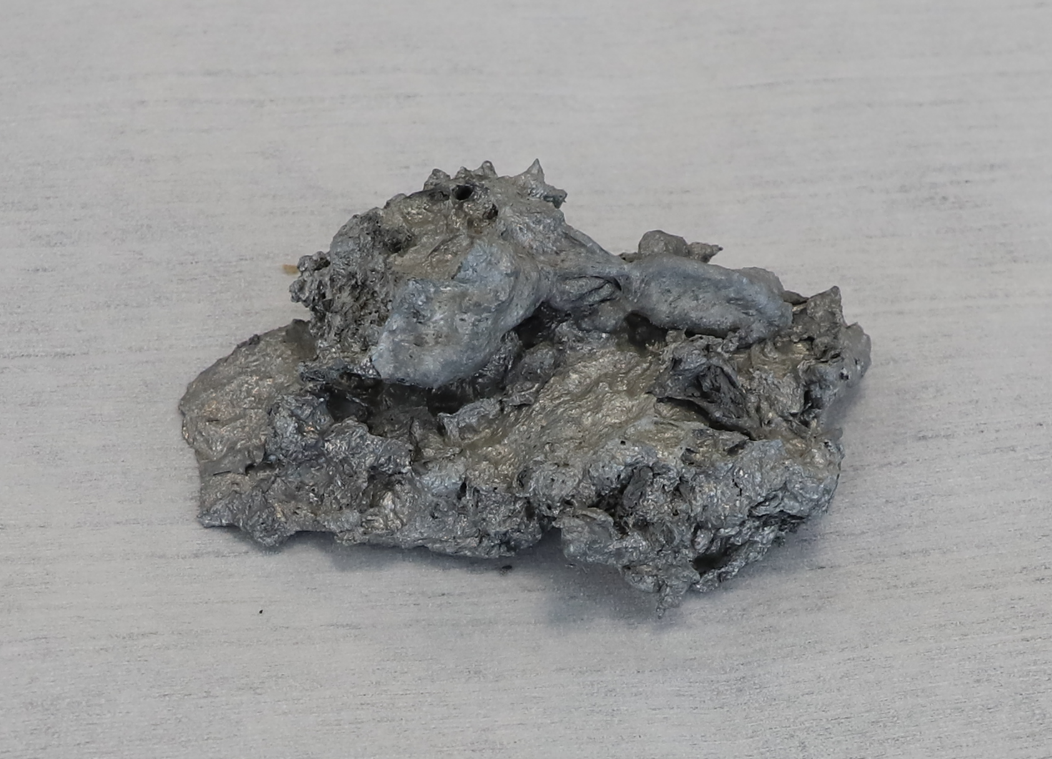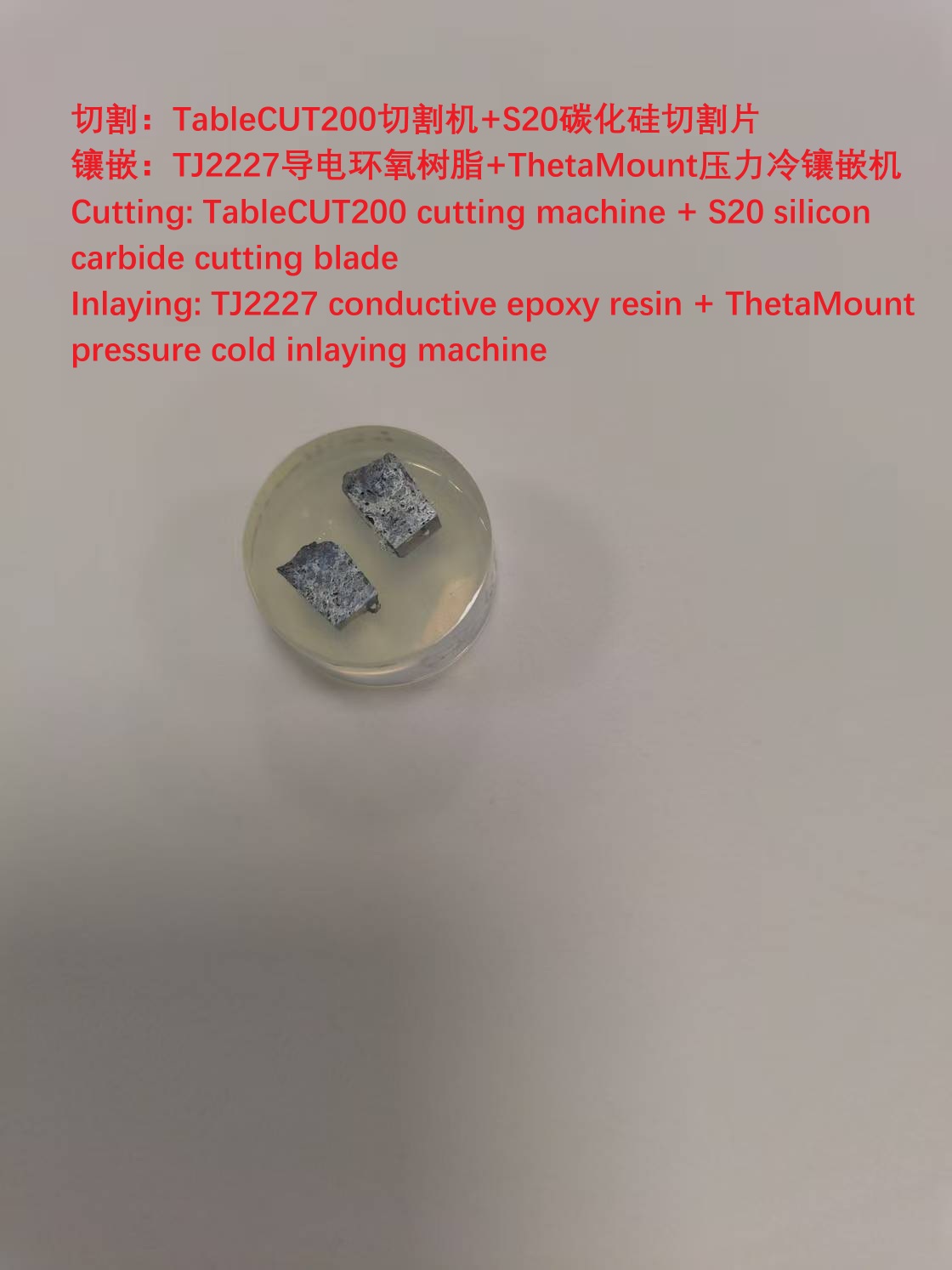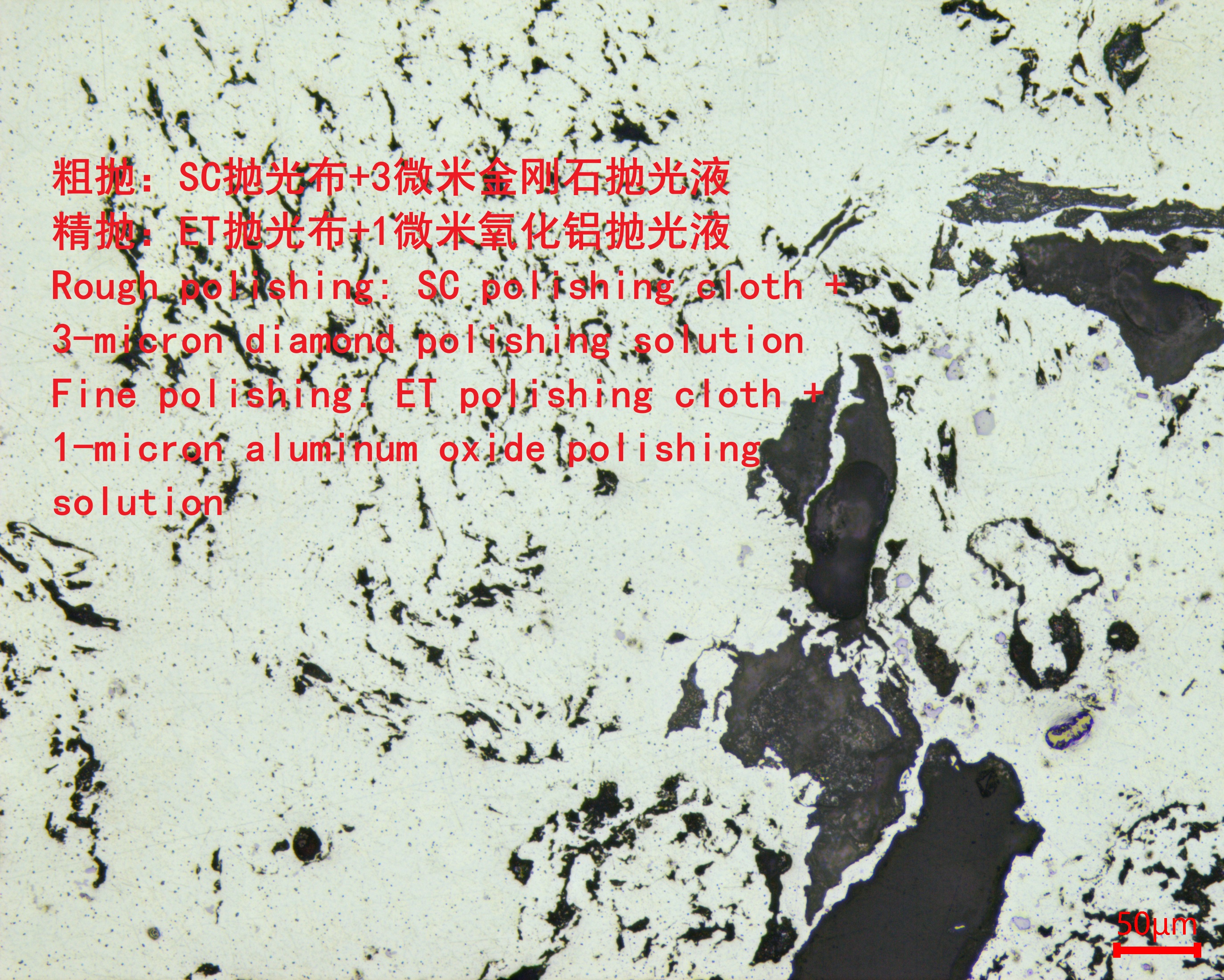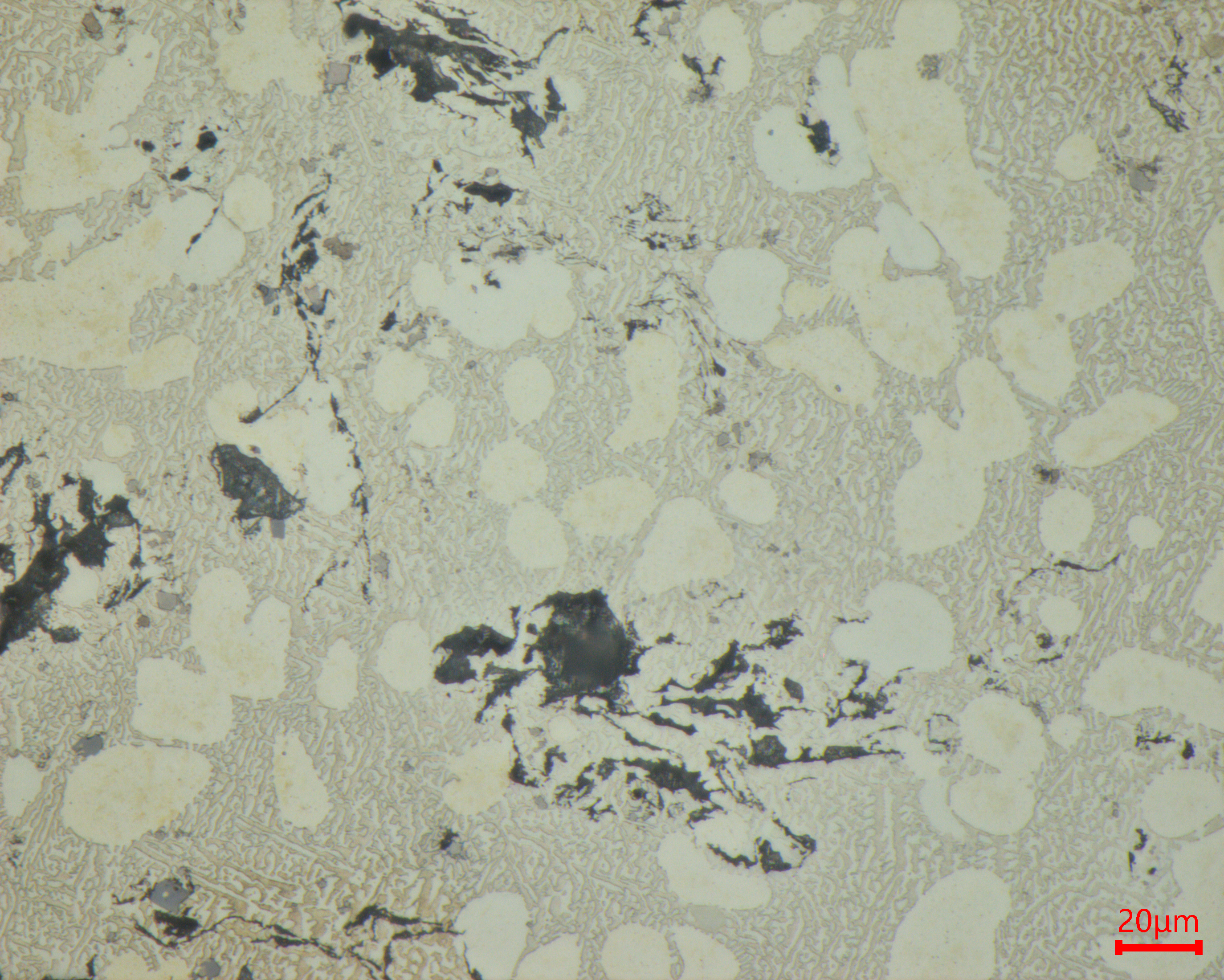Galvanizing refers to a surface treatment technology that deposits a layer of zinc on the surface of metals, alloys or other materials to achieve aesthetic and anti-rust effects.
The main method adopted is hot galvanizing. The galvanized layer has excellent resistance to atmospheric corrosion and can easily form a protective film on the surface at room temperature. Therefore, the largest application of zinc is in the galvanizing industry, which is widely used in automobiles, construction, ships and light industry, etc. Ultra-fine zinc powder can be used as a key raw material for zinc-rich coatings and other high-performance anti-corrosion and environmentally friendly coatings, and is widely applied in large steel structures, ships, containers and other industries. Now, the residual zinc slag (90% Zn, 7% Al, 2% Mg, 0.5% Fe) from galvanizing pots is subjected to metallographic sample preparation:
First, it is cut using a TableCUT200 cutting machine and a S20 silicon carbide cutting blade, then it is embedded using TJ2227 conductive epoxy resin and ThetaMount pressure cold embedding machine. Then, it is processed in the Alpha610 automatic grinding and polishing machine, as follows:
1. Plane grinding with silicon carbide sandpaper P800/P1200/P2000
2. Coarse polishing with SC polishing cloth + 3-micron diamond polishing liquid
3. Final polishing with ET polishing cloth + 1-micron aluminum oxide polishing liquid

The etching agent is a ferric chloride hydrochloric acid aqueous solution (diluted).
Observation of the metallographic structure is carried out using a MN80 metallographic microscope. The metallographic structure is white large or small island-shaped dendritic Zn(Al) solid solution + eutectic mixture, gray small blocks are AlFe compounds, and there are black loose pores. This indicates that the zinc slag is not tightly bonded due to uneven heating.

 中文简体
中文简体 英语
英语 西班牙语
西班牙语 德语
德语


.png?imageView2/2/w/400/format/jpg/q/75)














